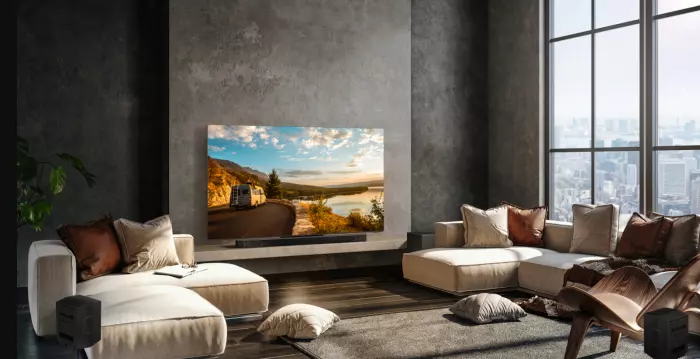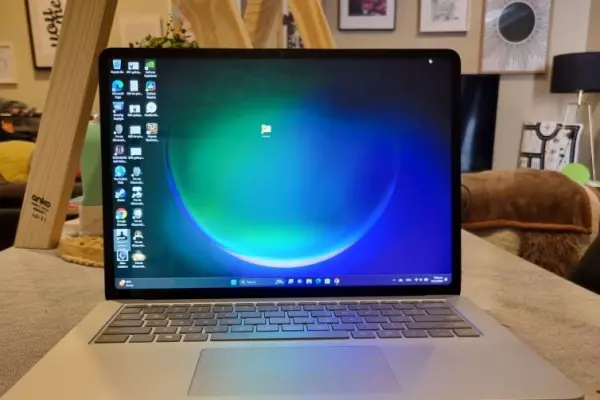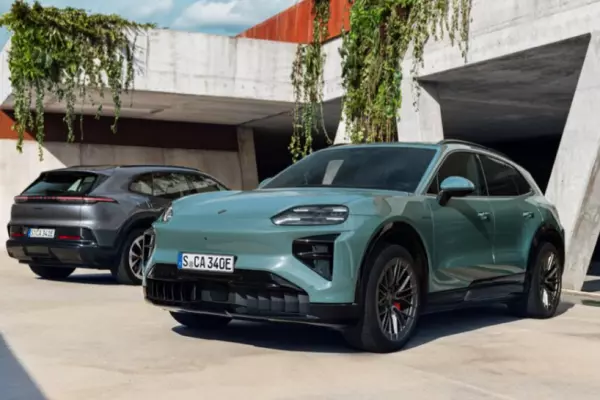Samsung is the highest-selling TV brand on the market by a large margin, and after spending a few weeks with its new 65-inch Neo QLED 8K QN900, I have to admit it’s not hard to see why. In fact, it’s hard to want to see anything but this TV.
Starting as low as $7,100 on sale, this model comes in 65-inch, 75-inch and 85-inch versions.
Setting up
I mistakenly thought that, like my current LG Smart TV, I’d be able to slide the QN900 out of the box, place it on my display unit and plug it in.
The CRT (cathode-ray tube) televisions of old were incredibly heavy and awkward, but as technology shifted to flat screens, TVs became lighter and thinner.
This Samsung one, however, is much heavier than previous smart televisions I have owned. The base required a fair amount of assembly and added a noticeable amount of weight.
The downsides of this were that it required two of us to lift it due to the combined weight of its base and the unit itself, and I became nervous that the kitset display unit I had wouldn’t be able to support such a mammoth beast.
A benefit of such a heavy base, however, is that, once assembled, it was comfortingly sturdy. You’ll need a screwdriver handy to assemble it but it shouldn’t take you more than half an hour from opening to viewing.
Easy to navigate
Once set up, the TV is very user-friendly. The interface is familiar and easy to navigate and the remotes are on the smaller side, but with a button layout easy enough to use, this makes even the more laborious set-up of password entering fairly manageable.
Downloading apps and connecting to the internet are, again, very familiar to anyone who has owned a smart TV before, and user friendly enough to new users.
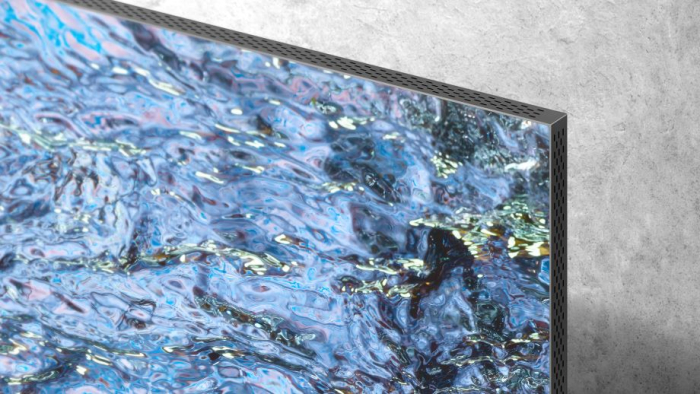
Image quality
For years, 1080p full high definition was the household standard resolution for new TVs. This was eventually superseded by 4K ultra high definition, which, as the name suggests, is a huge step up in image quality by providing four times the number of pixels.
8K doubles that number again, taking the pixel count to a massive 7,680 x 4,320. (The terms 4K and 8K refer to the number of horizontal pixels the display has; the more pixels, the better the image quality, and although pixel count isn’t the only factor to consider when purchasing a screen, it’s a good basic measure of quality.)
Essential feature
The QN900 comes with a Samsung-specific neural quantum processor, which is as futuristic as it sounds. This provides users with a self-learning AI upscaler and auto HDR remastering. (HDR stands for "high dynamic range", referring to the range of light and dark tones in an image.)
The result of this processor is that even 4K videos look a step closer to 8K. This intelligent upscaler is such an essential feature, especially given the current limited availability of 8K content.
The upscaler means that 4K HDR content, which is the top resolution provided on all the major streaming platforms, looks rich, deeper and more detailed. The lack of 8K content would be enough for me to suggest a TV such as this as irrelevant if it weren’t for this processor.
Vivid colours
There is no denying how impressive this screen is. The colours are vivid, and the specificity between very similar shades of colours and the richness of the blacks results in an overwhelming amount of clarity.
The image quality is so striking that it has a depth to it that almost feels three-dimensional. It is incomparable to anything I have witnessed before in a TV, and it really makes the idea of staying home instead of going to the movies a far more enticing way to consume high-quality entertainment.
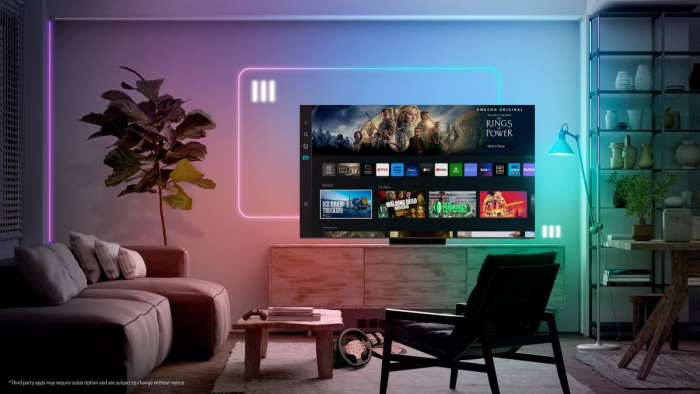
Great for gaming
When it comes to gaming, the Samsung QLED 8K is equally as impressive. The Motion Xcelerator Turbo+ provides a high 144Hz refresh rate at both 4K and 8K resolution.
This meant that gaming was a smooth and visually impressive experience no matter what level of high-end games I threw at it. Not once did I experience lag or motion blur and, thanks to the anti-reflection technology, even when I played during the day with the curtains open, the image on the TV was still the brightest thing in the room.
This TV is a gamer's ultimate fantasy, but the price tag means it is, unfortunately, likely to remain a fantasy until the technology becomes more affordable.
Exciting feature
Being able to support access to Xbox Gamepass is an exciting new feature that this generation of TVs is making possible. For $20 a month, you can subscribe to what is basically Netflix for gamers, which you can play without a gaming console or PC by syncing a bluetooth controller directly to the TV.
This can be a PlayStation, Xbox or compatible bluetooth controller and it’s as simple as downloading the app and playing the games directly off the cloud – no further downloads necessary.
This is a huge leap forward in terms of gaming accessibility. All you need is the aforementioned controller and a decent fibre connection. I was able to stream games that require a top-of-the-line PC or gaming system.
Perfect sound all round
Smart TVs are usually lacking in one department: speaker quality. Samsung negates this stereotype with its pair of 6.2.4CH speakers with a 90W output.
SpaceFit Sound automatically adjusts the sound to suit the space, providing the best sound whether you choose to wall-mount your TV or have it freestanding on a table or cabinet.
Of course, you can add one of Samsung's soundbars (which I was lucky enough to experience) but the TV speakers themselves are impressive enough.
The Samsung object-tracking sound feature means the TV is able to accurately respond to individual objects on screen and move the sound to mimic their actual movement, creating a more realistic listening experience.
Dolby Atmos is also standard on these TVs, meaning that, even without a soundbar, the sound is rich, layered and three-dimensional. Even a large living room would find the space adequately filled by the built-in TV speakers.
The verdict
The future of entertainment is here, and it’s thanks to Samsung.
The Neo QLED 8K is an intelligent, sleek and impressive-looking television, with all the bells and whistles, and then some. It is familiar and user friendly enough thanks to its automatic AI technology, but also customisable enough for those who seek more advanced fine-tuning.
If the price tag doesn’t put you off, this latest offering from Samsung will leave you with little to complain about.
● All images: Samsung


